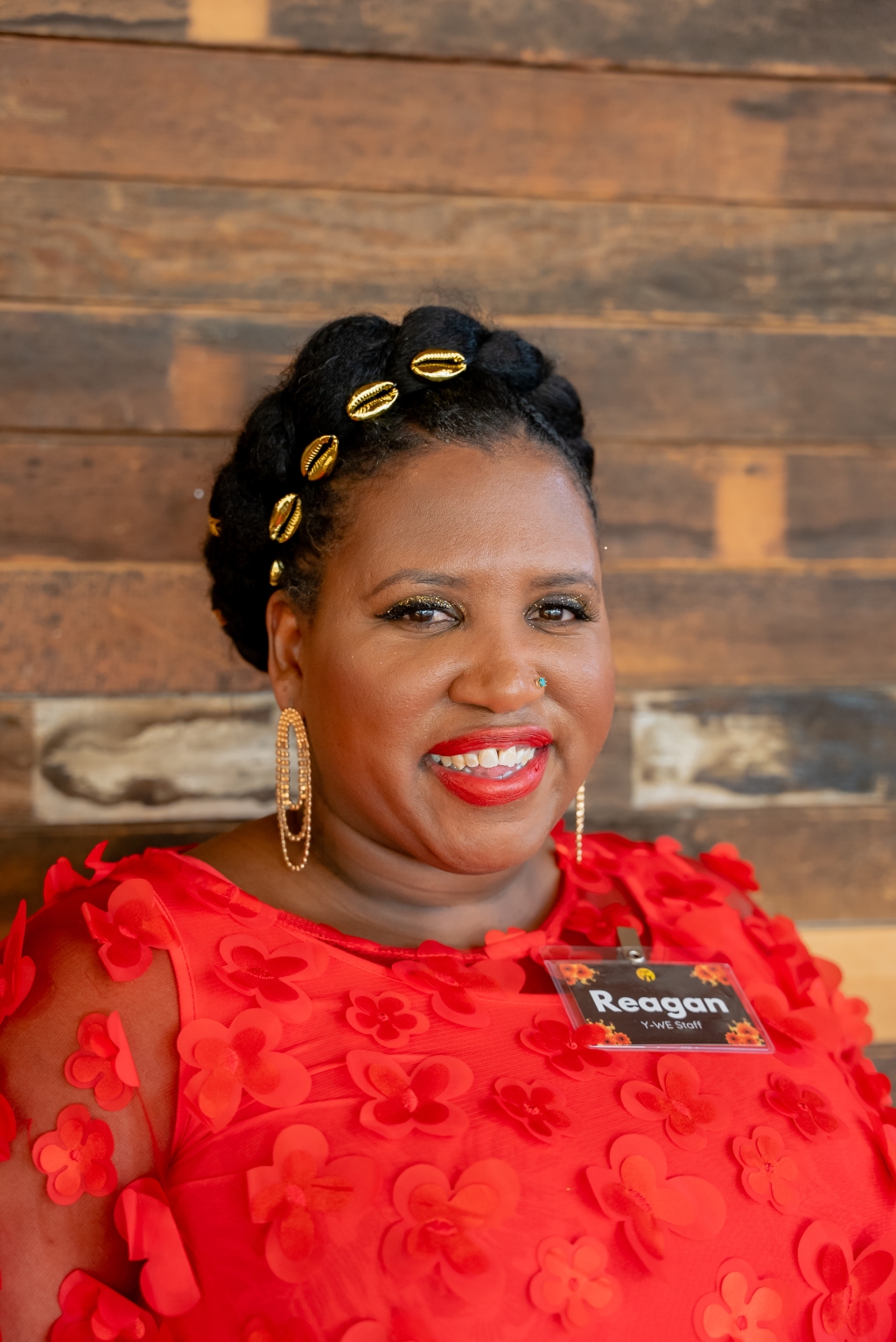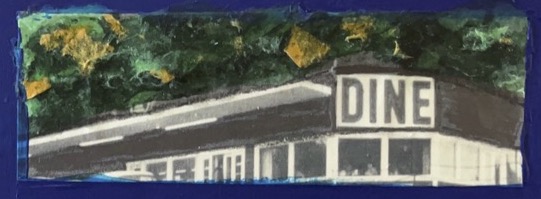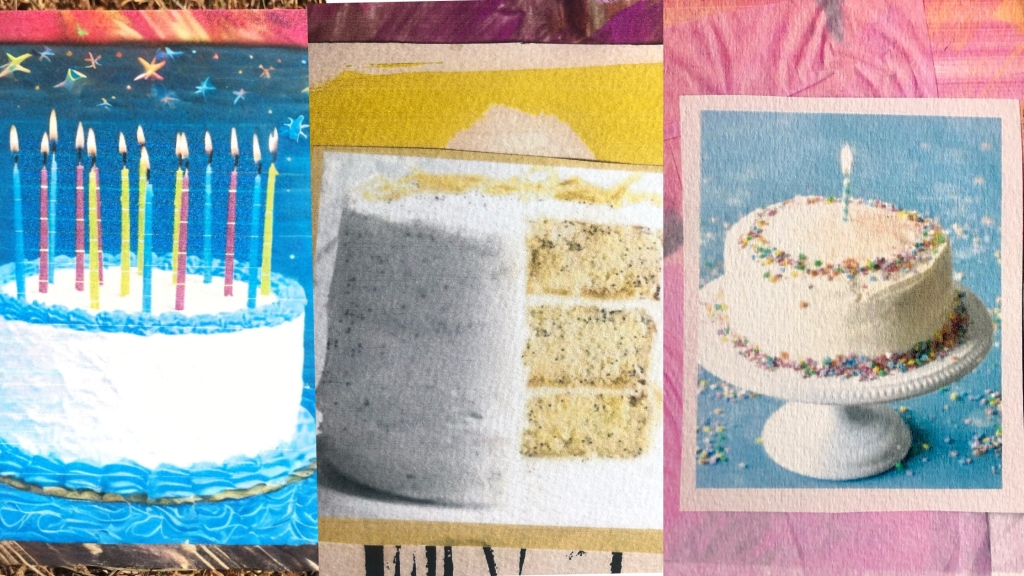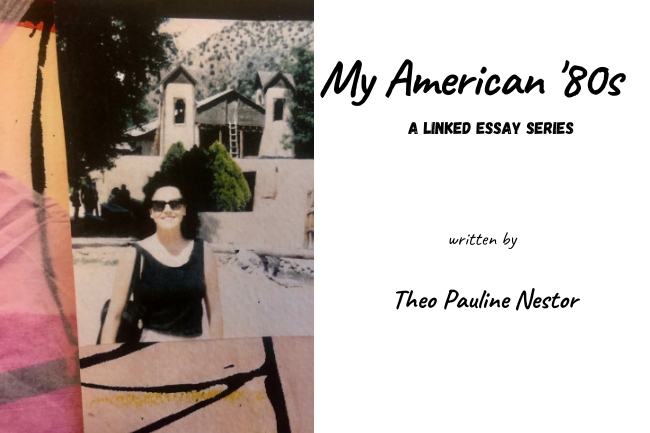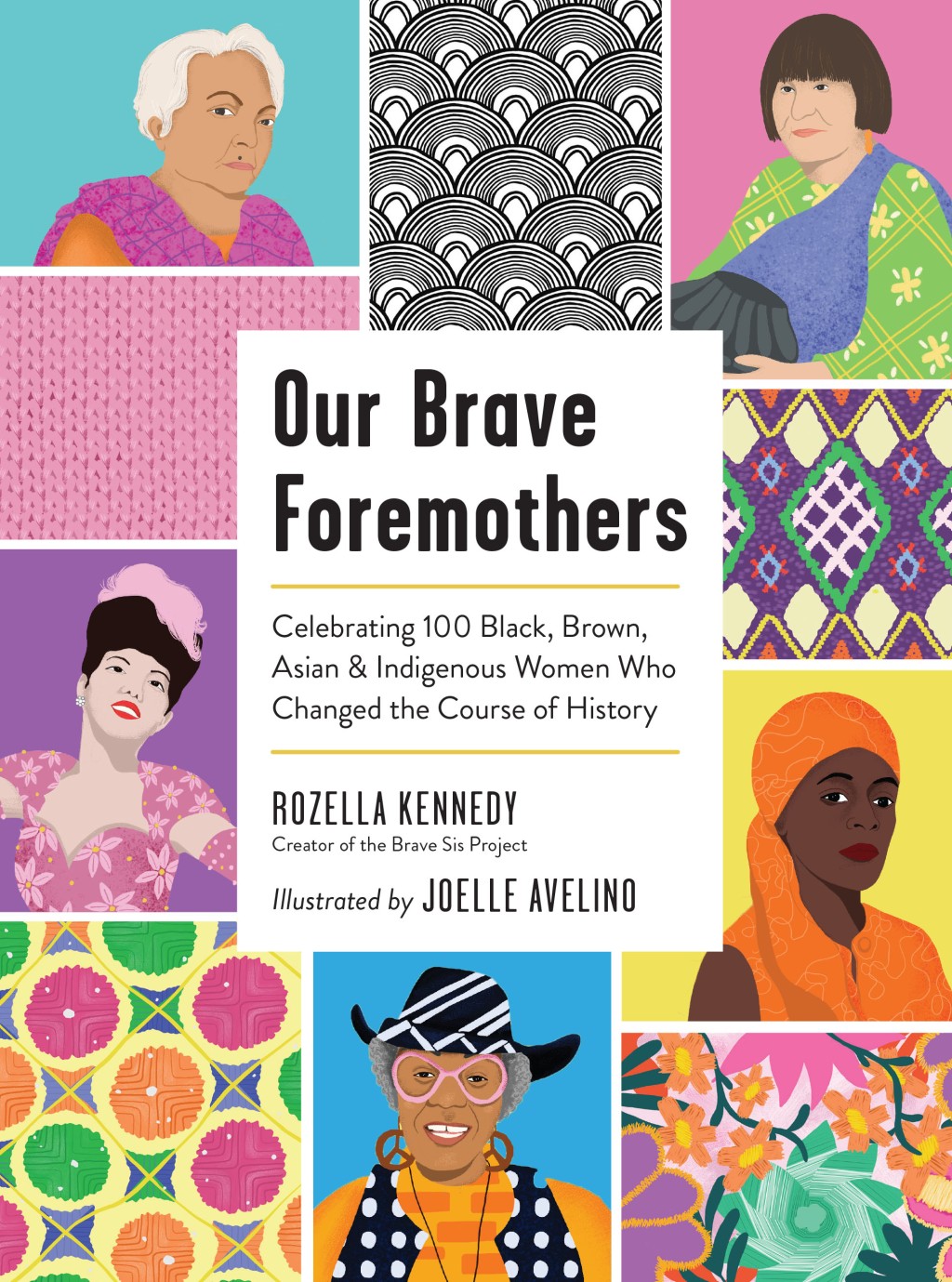Latest
Archives
- 26-Minute Memoirs
- Alienated Youth is My Drink
- Author Interviews
- bird by bird and beyond
- Black Mesa Writers' Intensive
- Cheryl Strayed
- Emerging Writers' Series
- essays
- Frank McCourt
- guest bloggers
- Interviews
- lists
- Memoir 101
- Memoirists
- Modern Love
- More Stuff for Writers
- My American 80s
- platform building
- Publishing
- Taylor Swift
- teleseminars
- Theo Finding Her Voice
- Tribe of 10
- triptych
- Try This
- Webinars
- What I'm Digging Right Now
- What I'm Reading Now
- Wild Mountain Memoir Retreat
- Writers Block
- writing advice
- Writing Is My Drink: The Book
- writing prompts
- writing retreats
- Writing Tips
- March 2024
- February 2024
- December 2023
- June 2023
- May 2023
- April 2023
- March 2023
- January 2023
- June 2017
- May 2017
- February 2017
- January 2017
- December 2016
- November 2016
- March 2016
- February 2016
- January 2016
- December 2015
- July 2015
- April 2015
- February 2015
- December 2014
- November 2014
- October 2014
- September 2014
- August 2014
- July 2014
- June 2014
- May 2014
- April 2014
- March 2014
- February 2014
- January 2014
- December 2013
- November 2013
- October 2013
- September 2013
- July 2013
- June 2013
- May 2013
- April 2013
- December 2012
- November 2012
- October 2012
- August 2012
- June 2012
- May 2012
- April 2012
- March 2012
- February 2012
- January 2012
- December 2011
- November 2011
- September 2011
- August 2011
- July 2011
- June 2011
- May 2011
- April 2011
- March 2011
- February 2011
- January 2011
- December 2010
- November 2010
- October 2010
- September 2010
- August 2010
- July 2010
- February 2010
- January 2010
- November 2009
